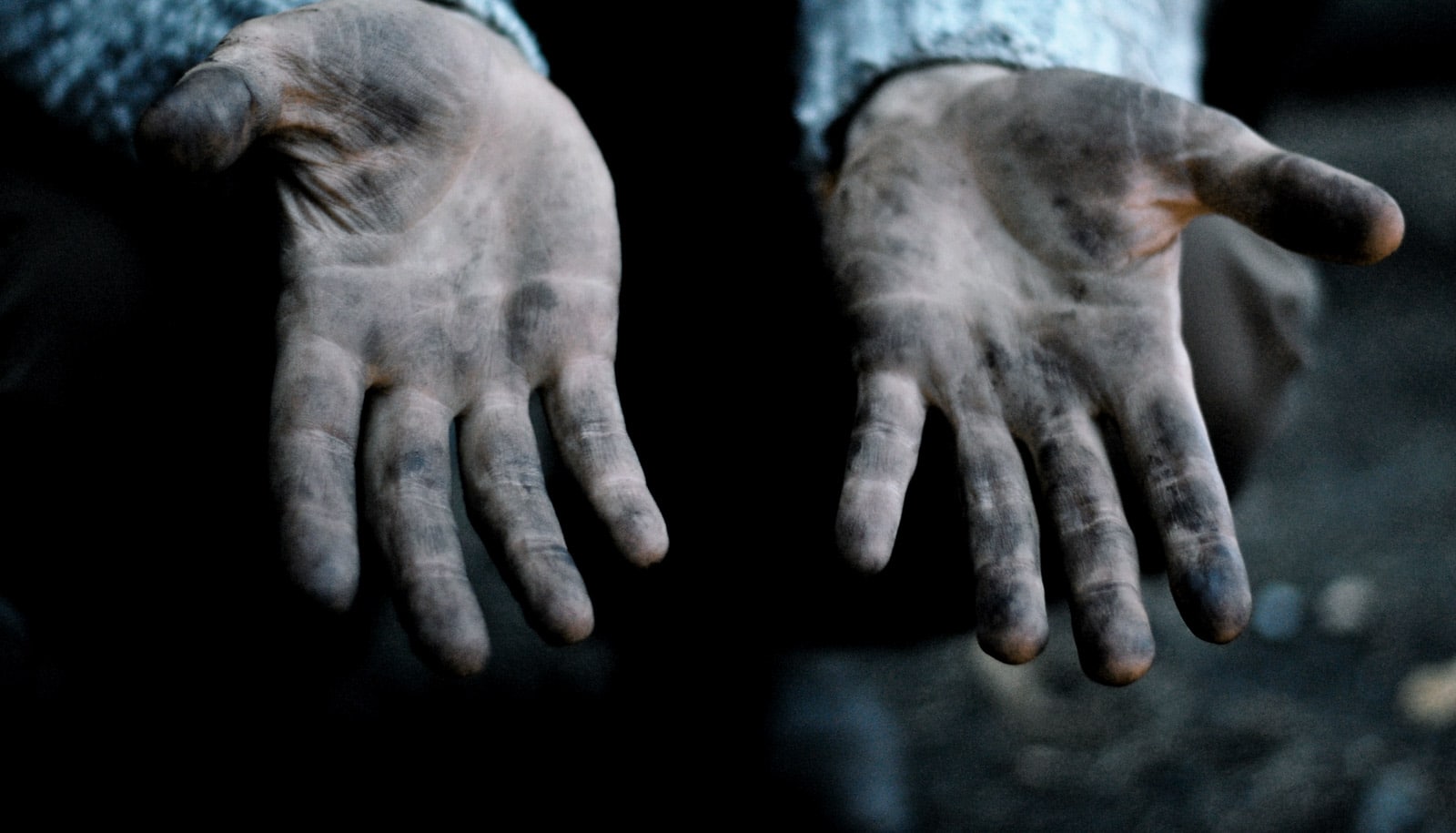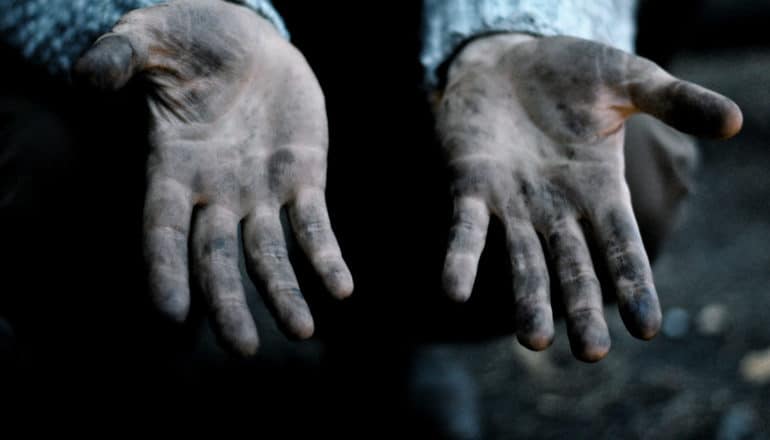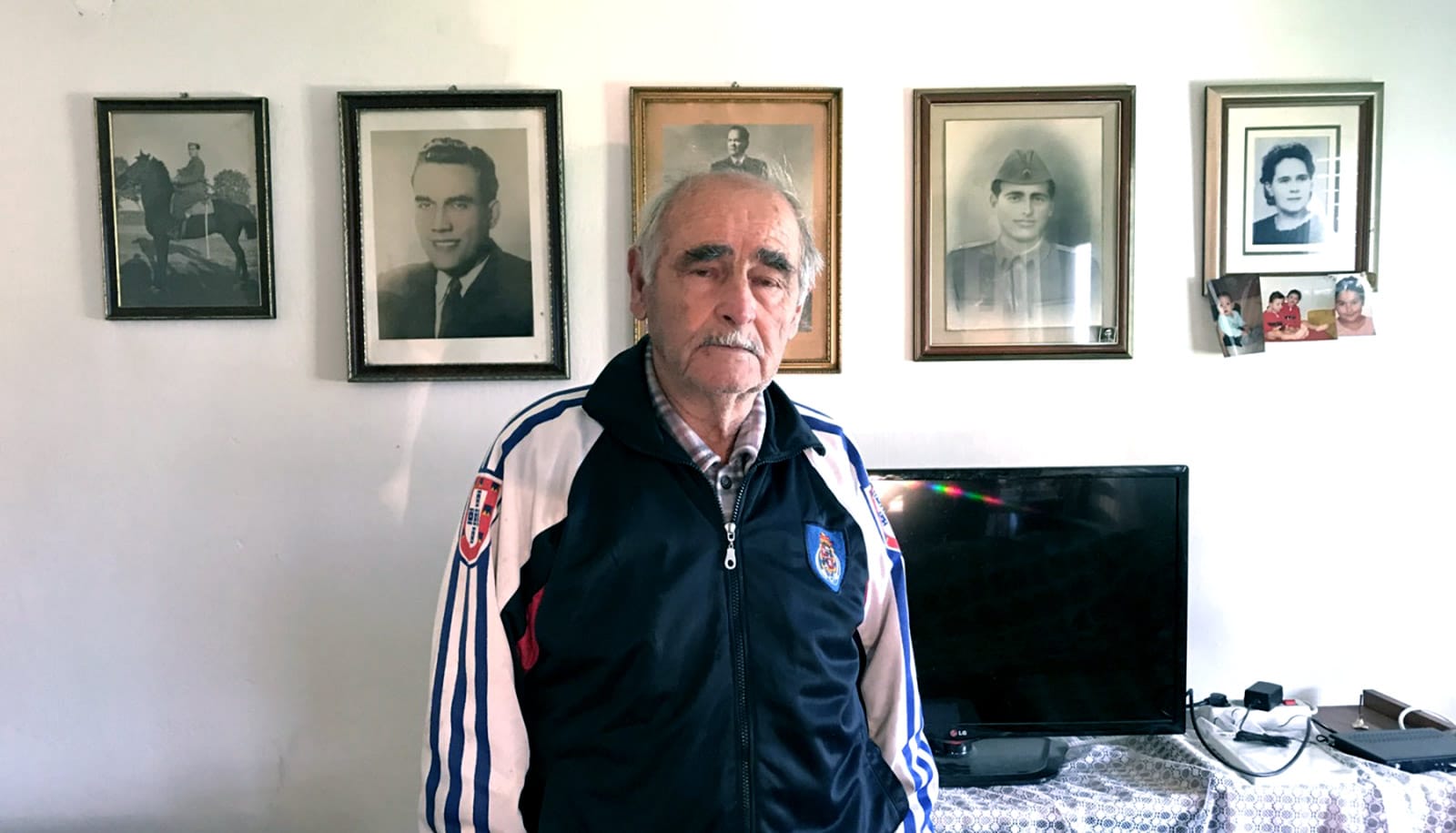
(Credit: Getty Images )
DNA tells the story of an ancient mass grave
DNA analysis offers clues to the brutal deaths and respectful burial evident in a 5,000-year-old mass grave.

New research clarifies a mysterious 5,000-year-old mass grave in Poland.
Ancient DNA indicates the mass murder of a large family, who, despite their brutal deaths, were buried carefully and flanked by gifts.
“Those who buried the dead knew them well.”
The study, which sheds light on a particularly violent era in European prehistory, appears in PNAS.
Powerful blows to the head killed 15 women, children, and young men, whose skeletons were unearthed eight years ago in the southern Polish village of Koszyce. The circumstances surrounding the gravesite have been a mystery.
A potentially upsetting illustration of bodies in the grave is available here.
Missing fathers
Using genomic analyses, radiocarbon dating, isotopic analyses, and archaeological data, the researchers gained detailed insight into this Stone Age society and this specific, grizzly occurrence.
“By analyzing ancient DNA from the skeletons, we were able to map each of the family relationships. We can see that mothers are laid next to their children and brothers side-by-side. Those who buried the dead knew them well.
“We also see that most of the fathers from this extended family are absent from the grave. Our suggestion is that they weren’t at the settlement when the massacre occurred and that they returned later, and subsequently buried their families in a respectful way,” says evolutionary biologist Morten Allentoft of the University of Copenhagen.
Culture in flux
“We do not know who was responsible for this massacre,” says archaeo-geneticist Hannes Schroeder. “But it is thought-provoking that it occurred 5,000 years ago, as the late Neolithic Period was transitioning into the Bronze Age. During this period, European cultures were being heavily transformed by Yamnaya cultures migrating from the east. It is easy to imagine that these changes somehow precipitated violent territorial clashes.”
Archaeologist Niels N. Johannsen of Aarhus University adds: “We know from other gravesite discoveries that violent conflicts played out among different cultural groups at this time. However, they have never been as clearly documented as here.
“All the violence and tragedy aside, our study clearly demonstrates that family unity and care meant a lot for these people, some 5,000 years ago, both in life and in death.”
Partial funding came from the Villum Foundation and Aarhus University Research Foundation. The research team also included researchers from the Archaeological Museum in Poznan, Poland.
Source: University of Copenhagen
The post DNA tells the story of an ancient mass grave appeared first on Futurity.
Share this article:
This article uses material from the Futurity article, and is licenced under a CC BY-SA 4.0 International License. Images, videos and audio are available under their respective licenses.


